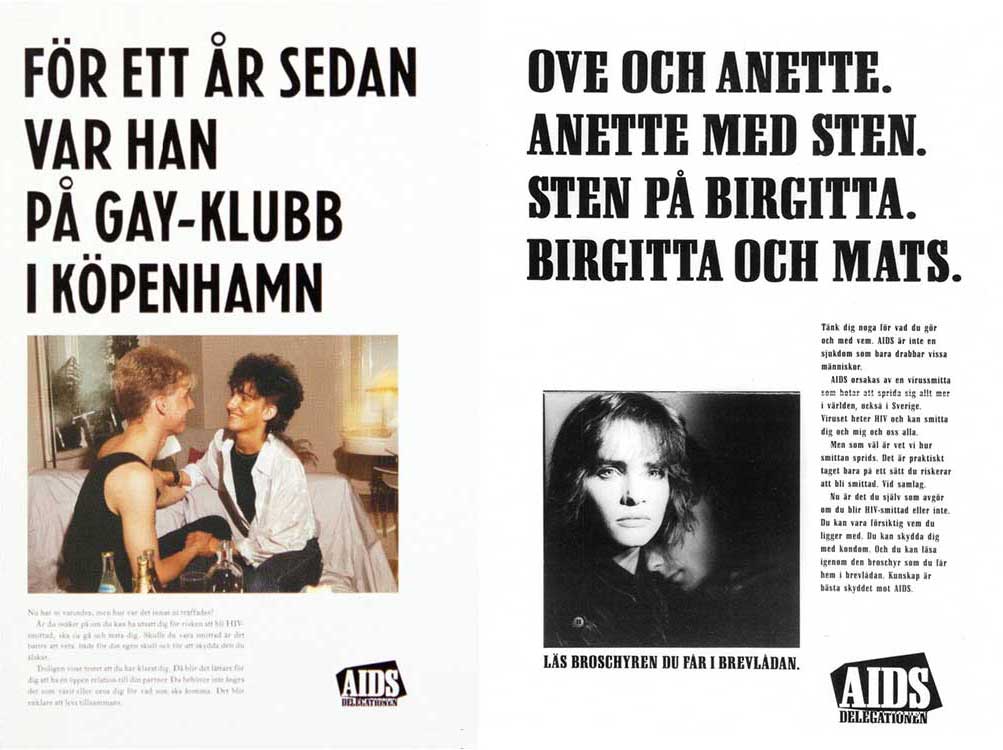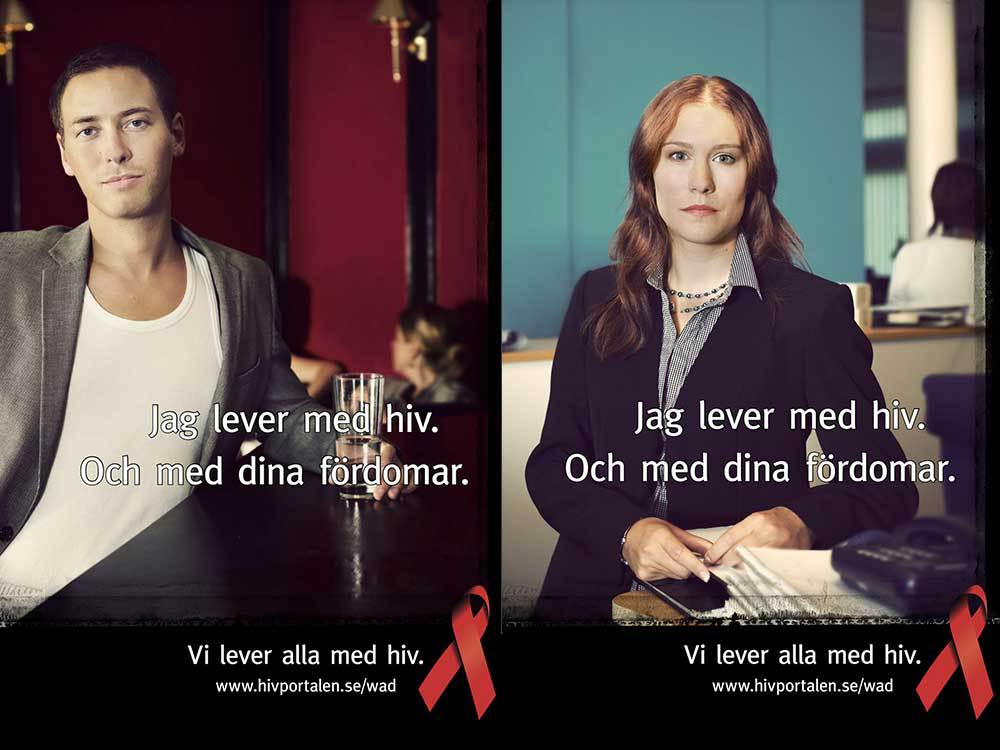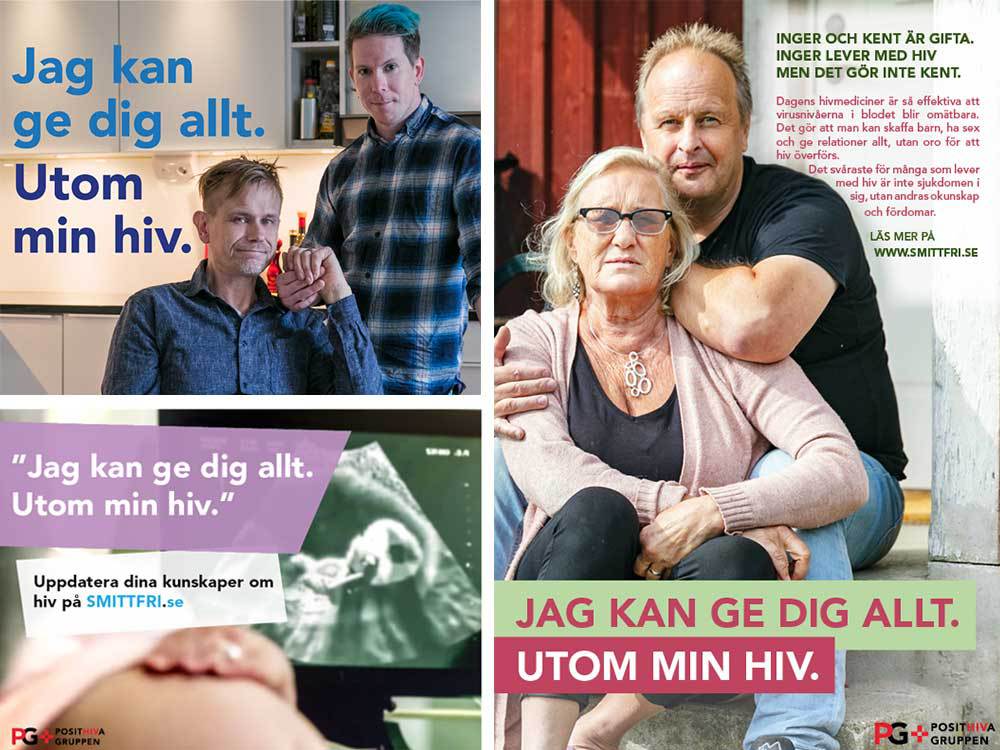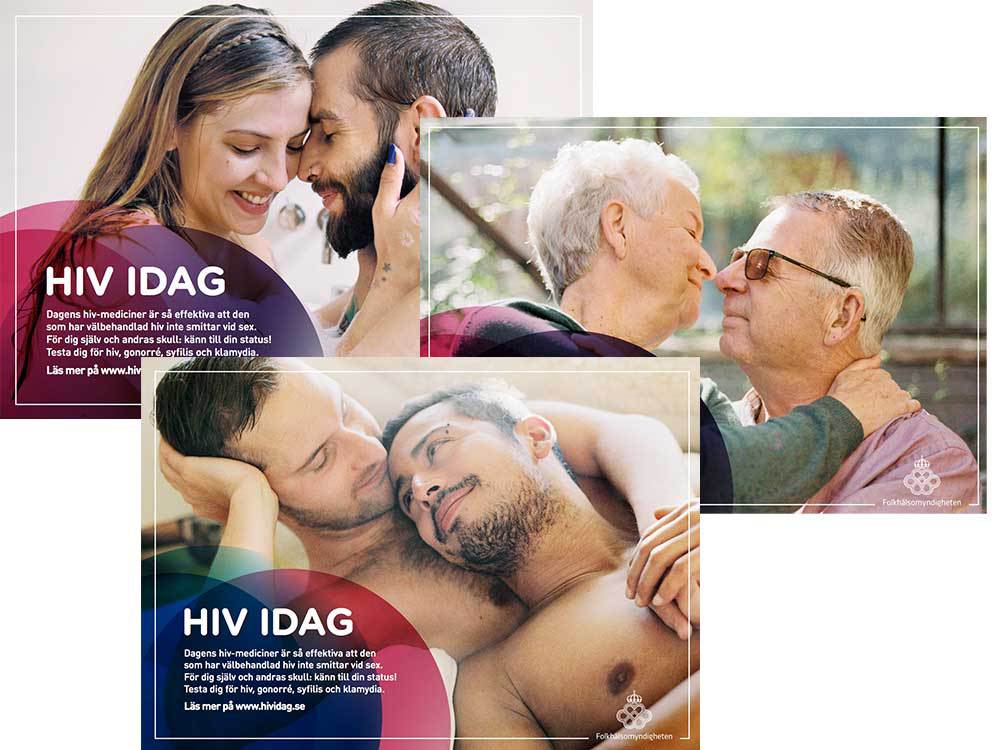Activism, healthcare & politics - the Swedish HIV & AIDS history
To acknowledge the World AIDS Day this year the Face of AIDS Film Archive choses to dive into the archive and focus on the history of AIDS and HIV in Sweden: the first diagnosed case, the activists, the politicians, the health care and the public. We have put together a short film on this theme with clips from the archive – a short film on a constantly current topic from our vast collection of material.

1980s
1982: The first AIDS diagnosis in Sweden.
1983: Sweden’s first AIDS patient dies at Roslagstull’s Hospital in Stockholm.
1985: There are 16 infected in Sweden, and eight deaths in AIDS-related illnesses.
1985: The AIDS delegation is appointed by the Swedish Government with the purpose to coordinate actions against the spread of HIV.
1985: Posithiva Gruppen,a patient organization for people living with HIV, is founded.
1986: There are 69 infected in Sweden, and 35 deaths in AIDS-related illnesses.
1986: The organization Noaks Ark is founded to prevent HIV and to support the sick and their loved ones.
1986: In October 22-24, the international conference "AIDS - Metaphor and Reality" is held at the fashionable Grand Hotel in Stockholm.
1987: There are 130 infected in Sweden, and 71 deaths in AIDS-related illnesses.
1987: Fashion designer and celebrity Sighsten Herrgård becomes the first Swedish celebrity with AIDS to disclose his status in public. He dies in 1989.
1988: The 4th International AIDS Conference is held in Stockholm, June 12-16.
1989: Noaks Ark open their guest house, “Gästhemmet”, at Drottninggatan 61 in Stockholm.

1990s
1990: Hiv-Sverige is founded. It is a national organization for everyone living with HIV, and everyone affected by HIV in Sweden.
1994: There are 4000 infected in Sweden, and 800 deaths in AIDS-related illnesses.
1996: A medical turning point! By combining at least three drug types, Highly active antiretroviral therapy (HAART) is introduced. For those who receive the treatment, the prognosis for HIV shifts from almost certain fatality to a chronic condition.

2000s
Activism continues all over the world. Protests against global injustices forces pharmaceutical companies to give up demand on patents. In Sweden, non-profit organizations and public actors co-operate to increase knowledge on HIV and AIDS.
2007: 71 cases of AIDS are reported, this is the highest number since 1996.
2008: Venhälsan at Södersjukhuset Hospital in Stockholm is first doing rapid HIV tests in Sweden.

2010s
2012: Around 6000 persons with known HIV diagnosis live in Sweden.
2015: Sweden is the first country to achieve UNAIDS’ 90-90-90 target:“By 2020, 90% of all people living with HIV will know their HIV status, 90% of all people with diagnosed HIV infection will receive sustained antiretroviral therapy, 90% of all people receiving antiretroviral therapy will have viral suppression.”
2015: In the report Living With HIV in Sweden, the Public Health Agency of Sweden states that very few are completely open about living with HIV. One in five has not told anyone. Today, the most difficult thing for many is not the disease itself, but the ignorance of others.
2019: Around 8000 persons with known HIV diagnosis live in Sweden - and around 400-500 new cases of HIV are reported every year.
About 12 000 cases of HIV has been reported in Sweden since 1983.
There are about 8 000 people with a known HIV infection in Sweden.
When a person living with HIV is taking effective antiretroviral therapy, the viral load becomes so low that it is undetectable. A person with an undetectable viral load can’t pass HIV on sexually. That is known as Undetectable equals Untransmittable (U=U). Over 95% of people living with HIV in Sweden is on effective treatment.

2020s
During the ongoing pandemic of Covid-19 it is easy to draw parallels to what has happened during the now almost 40 years with HIV and AIDS. The fear, the stigma, the intense search for a vaccine, the question of medical resources for the infected, the politics
Sources: HIV-Sverige, Noaks Ark, Folkhälsomyndigheten, Posithiva Gruppen, UNAIDS




